Powerful Digital Fundraising Strategy Ideas for 2025
Learn how to develop the digital fundraising plan to find success in 2025 through proven best practices and new ideas. This guide provides the key strategies, tips, and actionable next steps around building lasting relationships with your fans and clients.
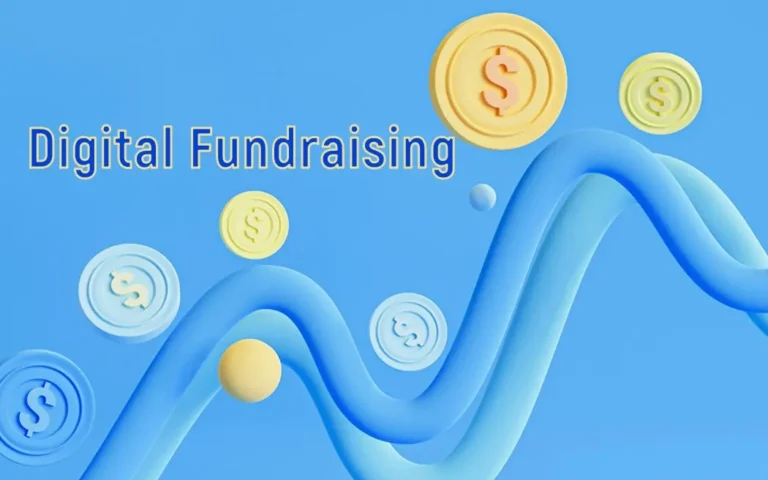
digital fundraising strategy
Introduction: Understanding the Digital Fundraising Strategy Landscape in 2025
Have you ever questioned what digital fundraising is? If yes, you are not alone. Simply put, digital fundraising is using online tools and web-based platforms to engage with donors and raise money for nonprofits and social causes. In fact, having a solid plan for your digital fundraising strategy isn’t just a luxury in 2025. It’s essential.
Nonprofits and social causes are going online through Facebook campaigns, mobile giving, and virtual events. However, you can’t just set up your donation page and expect success. You have to learn best practices for digital fundraising that keep your donors engaged, allow you to build trust with these donors, and inspire passion for giving. The beauty of digital fundraising lies in its flexibility and reach. It breaks geographical barriers that prevent an organization from accessing its supporters, as an organization can now find supporters across the globe.
However, with so many diverse voices clamoring for attention online, you need to plan and strategize wisely. A distinct digital fundraising strategy will help you identify your own unique voice. In the following sections, we will review and dig into different strategies and best practices to be a master fundraiser in the digital age.
What Is Digital Fundraising? A Foundation for Success
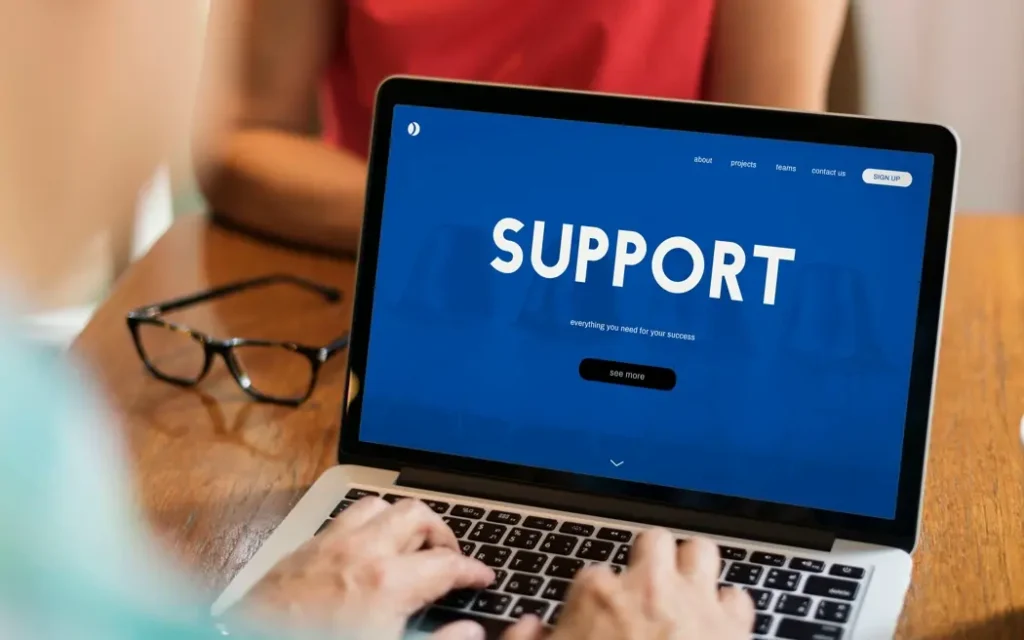
Before diving into tactics, it’s important to clarify what digital fundraising is in more detail. Fundamentally, digital fundraising is raising donations and support through online tools and platforms. It is very different from fundraising as we know it.
With fundraising as we know it, we might be talking about organizing gala dinner events or leaning on older donors who might fundraise in donor-to-door campaigns. Digital fundraising means we are able to use websites, social media, email, mobile apps, and any other opportunity online while engaging in relation to potential donors.
Why does this matter? With donors being online all the time, donors expect the opportunity to engage with causes and ways that fit into their lives today. They expect to donate from their phones, to quickly share to their social channels, or to engage in a livestreamed event. Organizing a strong digital fundraising strategy helps organizations match these donor expectations by making it simple and convenient for people to give.
In other words, digital fundraising opens up a world of innovative ways to connect, tell the story, and ultimately raise funds. Getting this foundation solid will enable you to explore the strategies and timeless best practices in the sections that follow.
Digital Fundraising Strategy: Crafting a Winning Plan for 2025

Creating a digital fundraising strategy is much more than running a few online campaigns. Rather, it is about creating a plan that is useful, fits your organization, is clear, and is related to your mission and uses to mobilize or engage your audience. A great strategy will require the ability to blend interesting ideas with thoughtful decision-making grounded in relevant evidence and what is statistically significant.
Identify Clear and Measurable Goals
Establish what success looks like for your organization. Are you trying to improve donor retention, raise funds for a specific project, or grow your donor base? It is important to have clear, measurable goals defined so that you can enhance your focus and assess the results of your work.
Understand Your Audience
Knowing who your donors are and what inspires them is key to getting it right. Use data gathered from past campaigns, surveys, and social media insights to create donor personas. This will help you shape your messaging to make it more personal and relevant.
Choose the Right Channels
One channel is often not the same as another. Your strategy must include the platforms and the channels that your audience uses most often. This may mean Instagram and TikTok for the younger supporter’s audience or email and LinkedIn for supporters who are professionals and older donors. There is a style for each one that looks very different.

Create Compelling Content
Storytelling is at the heart of effective fundraising. Share authentic stories that highlight your mission’s impact, featuring real people and clear calls to action. Mix formats—videos, images, blog posts, and live streams—to keep your content fresh and engaging.
Budget and Resources
Distribute your budget among the tools, advertising, content creation, and staff time. Don’t forget that investing in technology such as a customer relationship management system (CRM) or analytics tools can increase the effectiveness of your campaigns.
Integrate Online and Offline Efforts
Digital fundraising should work with your traditional fundraising, not compete with it. When your messaging and campaigns are aligned across channels, they can work together to create a seamless experience for your donors.
If you take the time to carefully develop your digital fundraising strategy following these steps, you will prepare your nonprofit to reach more donors and build relationships with your followers.
11 Proven Digital Fundraising Strategies & Digital Fundraising Best Practices for Nonprofits
There is not a universal formula for fundraising. However, there are many digital fundraising strategies that have proven successful over the years. Pairing those with digital fundraising best practices supercharges your efforts and helps you reach your goals more quickly. Here are 11 tactics for 2025.

1. Peer-to-Peer Fundraising
Make your supporters fundraisers. If they all created their own pages, they would be able to invite friends and family into an expanded area of fundraising at far greater copying levels than your organization could possibly make over.
2. Recurring Giving Programs
Steer your donors towards monthly or quarterly gifts. A regular stream of income stabilizes your budget and builds loyalty with your givers.
3. Crowdfunding Campaigns
Crowdfunding is great for single projects or initiatives. It can also leverage the special feeling of fund-seeking found in many communities. When you engage your supporters with updates on what progress has been made through their contribution, you can help sustain their emotional investment in your cause.
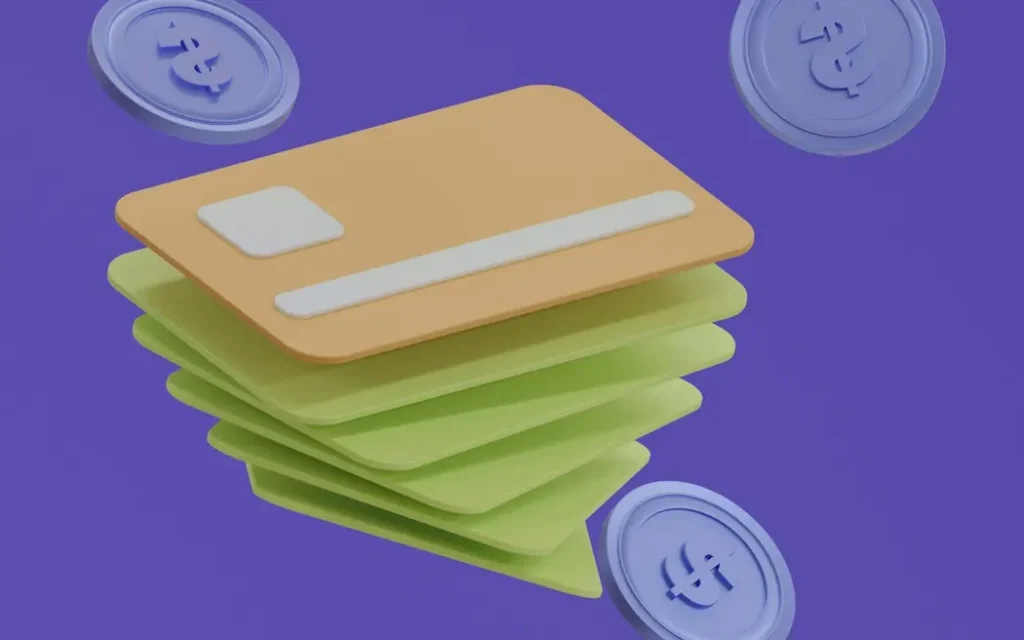
4. Text-to-Give
To make a donation through text is just as easy as sending a text. People can easily give through this mobile-friendly feature at events or donate in the moment spontaneously.
5. Matching Gifts
See if you can align with those corporations that match contributions made by their employees; then the contributors help your cause twice.
6. Social Media Fundraising
Use social media platforms (Facebook, Instagram, and TikTok) to create viral campaigns to raise awareness and money for your non-profit.

7. Virtual Events & Webinars
Host an event online where supporters can see, engage, and donate from the comfort of home. Use virtual events and webinars to educate supporters, entertain participants, and connect donors—while encouraging donations in an interactive style and environment.
8. Tributes & Memorial Giving
Allow donors to contribute to charity in honor of loved ones. Tribute and memorial gifts provide donors the opportunity to honor loved ones important to them in a personal way.
9. Partnerships with Influencers
Collaborate with influencers that have followers with an interest in your cause to support greater messages around your mission.

10. Personalized Donor Communication
Use CRM software and automation tools that allow you to send personalized messages to donors and prospects that connect with them and build trust. For example, personalized donations based on donation preferences for the donor.
11. Transparent Reporting and Impact Sharing
Give donors the information regarding how their money is being used. Long-term donors will understand the clean impact stories that allow them to understand their donation will contribute to the cause.
Nonprofits can mix and match these strategies in the right ways to build dynamic campaigns that engage donors on multiple levels. And remember, if you stick to digital fundraising best practices, your fundraising efforts will be both effective and sustainable.
7 Innovative Fundraising Strategies: Staying Ahead in 2025

With all of the digital noise that is surrounding us daily, relying solely on the same old ways of fundraising just isn’t enough. Nonprofits must use innovative fundraising strategies that excite audiences and lead to additional engagement. Below are some new methods that are starting to gain momentum as we head into 2025.
1. Fueling Competition Through Gamification
Take your giving and make an engagement. Create challenges, leaderboards, incentives, badges, and awards to gamify the giving experience for your donors. This taps into a person’s competitive nature, acknowledgment, and rewards.
2. AI-Powered Donor Insights
AI will help you understand donor trends in giving, personalize communications to donors, and also find new prospects. Chatbots can quickly provide immediate assistance as well as a smoother transaction for donors.
3. Cryptocurrency Donations
When you accept cryptocurrency like Bitcoin or Ethereum, you are catering to a new tech-savvy target audience as well as demonstrating your new payment acceptance.

4. Virtual Reality (VR) Experiences
As VR technology becomes more sophisticated, we are able to create immersive storytelling experiences, which will allow donors the potential to “step inside” your mission. Whether they are virtually walking through a site visit or going through an emotional firsthand experience, VR provides an unparalleled firsthand experience to develop empathy and drive generosity.
5. Subscription-Based Giving Models
The subscription-based giving model is inspired by subscription-based consumer services. They provide subscribers with exclusive content, benefits, or updates, often for monthly gifts that build community and reliable giving revenue.
6. Social Fundraising With Live Streaming
For example, fundraising events that flow in real time on Twitch, YouTube, or Instagram Live. While live, fundraisers have the chance to interact with donors, provide answers to questions, and share the benefit of their giving in real time.
7. Eco-Friendly Campaigns
Campaigns that proactively promote your organization’s environmental responsibility land in the crosshairs of a leading priority for donor behavior. This type of angle resonates with many potential donors, especially younger donors who live sustainable lifestyles more than older generations. If environmental sustainability is relevant to your mission, it is worth using for differentiation.
With these innovative fundraising strategies in place, nonprofits can remain relevant, revitalize their base, and generate new opportunities for growth. But remember, innovation is most effective when it is grounded in an effective digital fundraising strategy that draws on the unique strengths and goals of your organization.
Proven Digital Fundraising Strategies vs. Innovative Fundraising Strategies
Here’s a comparative table illustrating proven digital fundraising strategies versus innovative fundraising strategies to implement in 2025.
| Category | Proven digital fundraising strategies | Innovative fundraising strategies (2025) |
| Description | Tried and true fundraising methods that actually produce results. | Next-gen methods employ new technology or idea generation to raise awareness, participation, and donations. |
| Examples | Direct mail, e-mail, social media, crowdfunding, and peer-to-peer fundraising. | AI chatbots, VR, NFT fundraising, and micro-donations with influencers. |
| Donor engagement | Personalized emails, expressions of gratitude, and ongoing updates on the results of your support. | Live interactive sessions, gamification, multi-sensory experiences, and events. |
| Technology use | CRM platforms, donor platforms, and social engagement tools. | AI, machine learning, blockchain for transparency, and AR events. |
| Cost efficiency | Initial and running costs that are moderate to low. | Upfront costs might be higher but are scalable and high-impact. |
| Reach | Audience targets are broad and can utilize established digital channels. | Audience targets are narrow and use data analytics and behavioral targeting. |
| Risk factor | Low; strategies are proven and have been established in the field. | Medium to high; newer approaches will require testing and adaptation. |
| Ideal for | Organizations interested in consistent growth and sustained donor retention. | Organizations seeking to stand out and appeal to the younger generation of supporters. |
| Integration with platforms | Compatible with most existing fundraising platforms. | Usually requires additional or customized platforms. |
| Outcome focus | Steady donor acquisition and retention. | A burst of the initial engagement, viral campaigns, and an improved donor experience. |
Integrating Technology and Tools in Your Digital Fundraising Strategy

Technology drives any good digital fundraising strategy. By 2025, you should have the right technology in place so you can:
- Expand your reach.
- Streamline your processes.
- Build deeper connections with your donors.
But let’s face it, there are hundreds of tools. Importantly, invest time in finding the tools that are right for your organization and plug them into your overall digital fundraising plan. Here are a few areas to consider.
Fundraising Platforms and CRM Systems
The first foundation to start from is a good fundraising platform, offering online donation forms, campaigns, and tracking of results in real-time. If you can combine this with a Customer Relation Management (CRM) system, then you will have a way to capture and record each donor’s information, segment your audience, and personalize your communications with donors.
Marketing Automation
These tools will speed up your work by scheduling emails, social media posts, and reminders in advance. Furthermore, you can use marketing automation to trigger personalized emails that are automatically sent based on specific actions a donor may take (downloading a report or joining a webinar).
Analytics and Reporting Tools
It’s all about making data-driven decisions. Use analytics platforms to track campaign performance and donor behavior and to measure your return on investments. The data will continue to improve your fundraising efforts with more information being collected and analyzed to up your game.

Payment Processing Solutions
Donors prefer their own way. Support them by offering multiple, secure payment options that reflect their preferences, presumably a credit card, digital wallets, and possibly cryptocurrencies.
Mobile Optimization
More donors are giving on smartphones and tablets than ever before. Check your donation pages, emails, and websites to ensure they are fully optimized for mobile to provide an easy and satisfying experience for potential donors.
Social Media Management Tools
Track, monitor, and engage with all of your platforms as easily as you can with scheduling, monitoring, and engagement features. This will help you keep your campaigns consistent and responsive.
Thoughtfully incorporating these technologies will not only create a donor experience that sits far above average, giving you flexibility in adjusting your digital fundraising strategy as trends change. It will also give you options. Technology is a tool in this case, not a replacement for good storytelling and the relationship-making necessary for good fundraising.
Measuring Success and Optimizing Your Digital Fundraising Strategy

A digital fundraising strategy might not have measurement and continuous improvement built into the foundation of your fundraising goals. Knowing which metrics to examine—and what to do with their one million dollars’ worth of data—is what will make your strategy effective.
Essential Metrics to Measure
First, you will want to figure out what the most relevant performance measures are to your goals. Here are some common metrics to track:
- Conversion rate: The rate at which visitors to your website donate
- Donor retention rate: The percentage of donors who donate again over time
- Average donation granularity: Donation granularity will help inform you of the health of your fundraising.
- Cost per acquisition (CPA): What you spent to acquire each donor
- Engagement rates: Email open rates, social sharing, and attendance rates at events.

Leverage Data to Optimize Messaging and Targeting
By keeping track of donor behavior, you can understand what messaging resonates with each segment of donors. Through A/B testing, test different messaging, images, and call-to-action combinations to find the strongest individual elements and the most effective combinations. Segment audiences further and refine your outreach, which will drive and increase fundraising opportunities and likelihood of contribution.
Provide Regular Reporting and Transparency
Share effective reports that keep your team members and stakeholders informed. Be brief and to the point. In addition to providing compelling numbers, if possible, share stories of impact and share some stories for some trust, credibility, and future support.
Optimize Campaigns in Real-time
Digital fundraising allows for adjustments, giving you the ability to optimize if it looks like your campaign isn’t achieving its potential. Review campaigns on a daily basis to ensure success. Depending on what you find, you will always have the ability to have the results you desire through budgets, creative assets, and targeting efforts.
Learn From Success and Failure
Make sure to examine your campaigns in detail so you can see what worked—and what didn’t. Use this information to make your fundraising strategies more powerful going forward.
Success isn’t merely about measuring numbers. It’s about learning and changing. The best digital fundraising strategies will be those that evolve and grow, continuing to engage and inspire donors.
How Scrile Connect Supports Your Digital Fundraising Strategy?
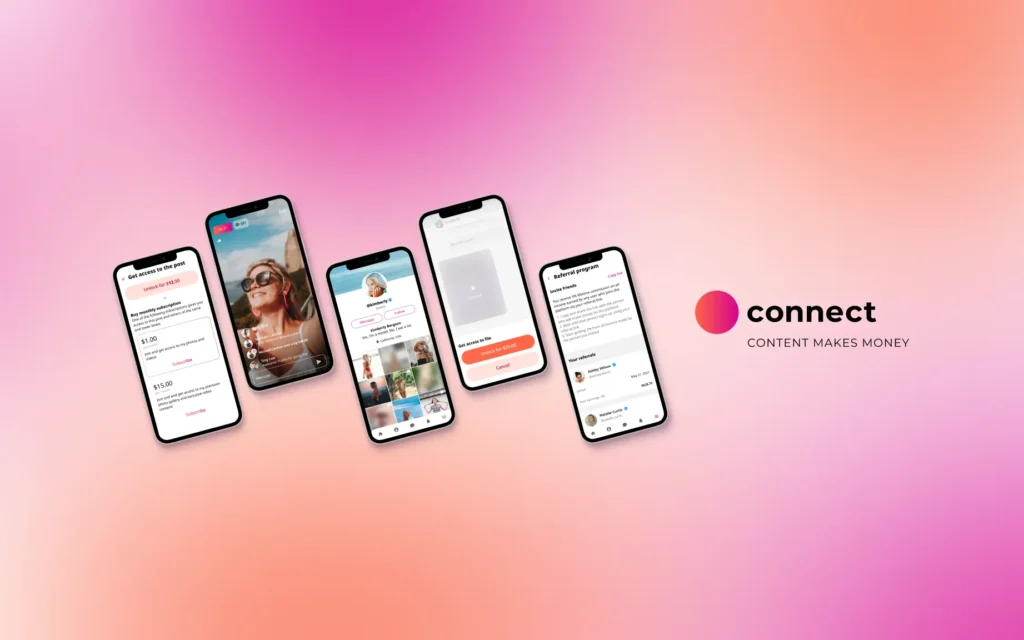
In the rapidly changing landscape of digital fundraising, having the correct technology partner can be the difference between success and failure. That’s where Scrile Connect comes into play—a turnkey platform built to help a nonprofit launch and manage their fundraising campaigns online.
What Is Scrile Connect?
Scrile Connect is an all-in-one digital platform that allows organizations to quickly build custom fundraising websites and community platforms. It also provides fundraising tools organizers can use, such as one-time donations, subscriptions, and community features.
How Scrile Connect Aligns With Best Fundraising Practices?
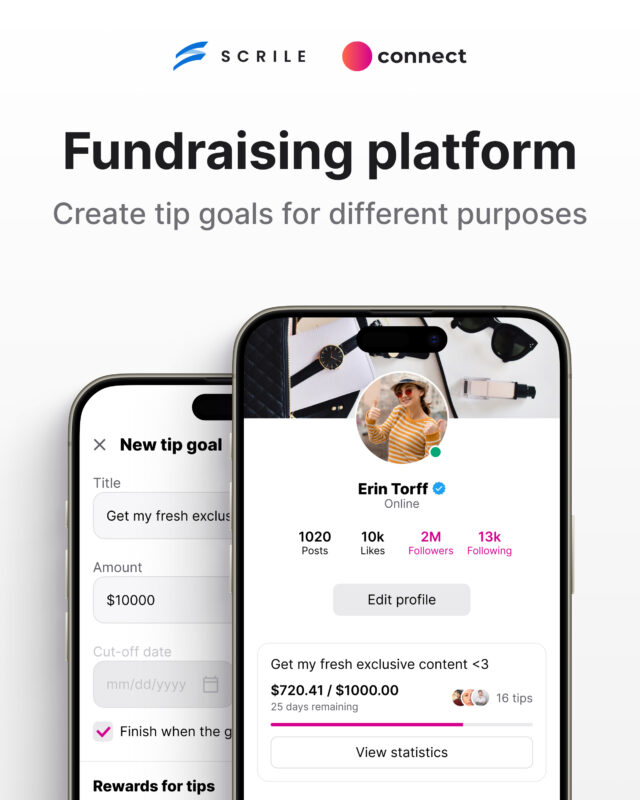
Scrile Connect is designed to help organizations implement best practices in digital fundraising for both the donor and the organization. Each donor’s experience can be personalized; you can also offer numerous fundraising methods. Moreover, there are tools to help you measure the impact that fundraising will have for your organization. Scrile Connect is built to grow with your organization and to help you stay ahead of the curve with emerging trends and innovative fundraising methodologies.
Scrile Connect’s built-in monetization tools for fundraising:
- Paid posts: Share exclusive project updates, behind-the-scenes content, or thank-you messages for paid access.
- Tiered subscriptions:Offer multiple donation tiers with exclusive perks like early access, supporter badges, or premium content.
- Pay-per-view live streams: Host live Q&As, virtual tours, or impact events with ticket sales funding your cause.
- Direct messaging: Allow donors to connect with you privately for personalized updates or gratitude.
Scrile Connect’s fundraising-specific add-ons:
- Tip Goals: Let donors contribute toward specific goals—like building a well or funding supplies. Show real-time progress bars to keep motivation high.
- Post Tipping: Enable micro-donations on individual updates, perfect for viral moments or emotional appeals.
- Paid Events: Easily organize and monetize online events, webinars, or fundraisers. You get paid after successful completion—no third-party platform needed.
If you want to explore the next level of digital fundraising initiatives, taking a look at Scrile Connect could be a smart next step.
FAQ: Digital Fundraising Strategy

How does digital fundraising work?
Digital fundraising describes the practice of using online tools and platforms to connect with supporters and raise money. It can mean lots of different things, including websites, emails, social media, and mobile apps, all to contact people to ask them for money. Digital fundraising is not just simply “asks,” but more often relationship building, sharing your impact story, and building sustained support. By leveraging all three components to apply these activities, nonprofits and creators can sustainably grow a hearty base of supporters and generate lots of substantial donations.
What are the 3 C’s of fundraising?
The 3 C’s are commitment, connection, and capacity. Each thorough area allows fundraisers to narrow their list of prospects based on those who are most interested, motivating them to reinvest. Commitment is the donor’s inclination to reinvest because they want to make a difference. Connection acknowledges the personal relationship or beliefs aligned with the organization’s mission. Capacity is their ability to make the gift. By focusing on donors who have all three conditions, fundraisers are more likely to have a broader, more focused, and more useful fundraising effort.
What is the 80/20 rule in fundraising?
The 80-20 rule (or Pareto principle) applies to your fundraising program. In fundraising, about 80% of your funds raised will come from approximately 20% of your donors. This perspective can be useful when looking to maximize your time and efforts spent on donor relationship building. This is not to say that you shouldn’t pay attention to smaller donations. However, knowing that about 20% of your donors are providing you with 80% of your funds gives you the ability to create strategies that build and nurture relationships with major gift donors while still keeping your community engaged.

Conclusion: Mastering Your Digital Fundraising Strategy in 2025
In this article, we’ve defined digital fundraising, explored digital fundraising best practices, and even studied some cutting-edge fundraising strategies that extend beyond traditional situations. From technology, stories, and meaningful engagement with donors to the frustrating challenges that bring you down the road less taken, everything is a specific ingredient in the recipe for fundraising. With your creativity and innovation, your organization can break through its goals and really make a difference.
Are you ready to elevate your fundraising efforts? Explore Scrile Connect and take the first step towards a more powerful, sustainable digital fundraising journey in 2025.
Read also
| Article | Why it’s worth reading |
|---|---|
| AI Pastor: Can Artificial Intelligence Preach? | If you work with faith-based communities, this article helps you draw the line between what AI can assist with (guidance, FAQs, content) and what should remain in the hands of real pastors and ministry leaders. |
| Christian AI: How Technology Is Changing Faith in 2025 | This piece gives a broader view of how Christian projects already use AI for teaching, discipleship, and support, and which formats resonate best with believers. |
| Best Church Website Builders Compared in 2025 | As your community grows, you need proper infrastructure. This guide compares website builders tailored for churches, including donations, events, media archives, and member areas. |
| AI for Nonprofits in 2025: Boost Fundraising | Once your digital presence is set, fundraising becomes the next challenge. Here you’ll see how AI can segment donors, personalize outreach, and improve campaign performance for any nonprofit. |